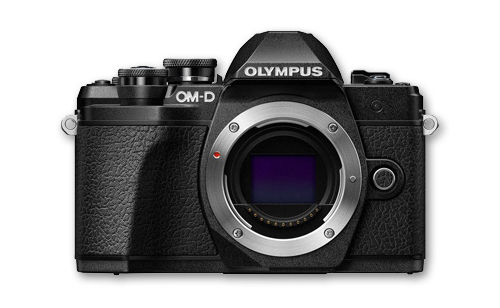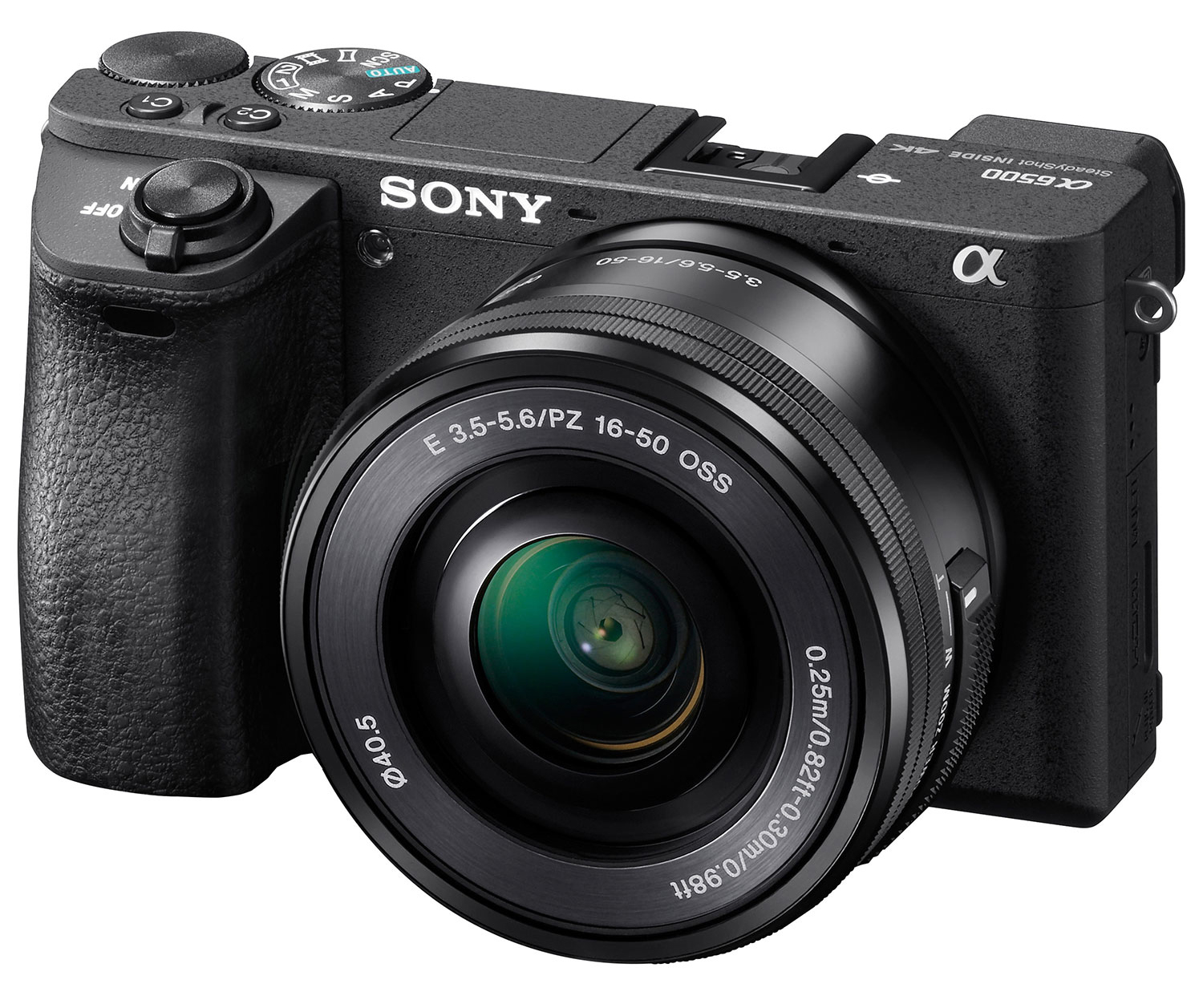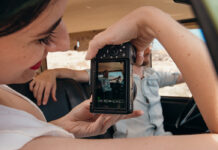 One thing you can assume about photographers (and you’ll be right 99% of the time) is that they love camera gear. Whether it’s camera bodies, lenses or accessories, photographers enjoy nothing more than getting their hands on a new piece of kit, which is why we often talk about Gear Acquisition Syndrome (or GAS) which causes us to hanker incessantly after new toys. For me, I love the feeling of possibility for the wondrous images I will be able to make with this new and improved setup. Of course the feeling is fleeting and the only way to get it back is to find the next cool thing to hanker after!
One thing you can assume about photographers (and you’ll be right 99% of the time) is that they love camera gear. Whether it’s camera bodies, lenses or accessories, photographers enjoy nothing more than getting their hands on a new piece of kit, which is why we often talk about Gear Acquisition Syndrome (or GAS) which causes us to hanker incessantly after new toys. For me, I love the feeling of possibility for the wondrous images I will be able to make with this new and improved setup. Of course the feeling is fleeting and the only way to get it back is to find the next cool thing to hanker after!
The cheapest way to indulge one’s GAS is to browse the camera section here at BestBuy.ca, and try to find that dream camera to fantasize about smashing the piggy bank for. Today I’m going to do exactly that and bring you…
My Top 5 Cameras of 2017
Olympus OM-D E-M10 Mark III
I have no idea why Olympus choose the name for this camera, but if you want to talk about value, it’s hard to beat the OM-D E-M10 Mark III. One of my favourite features (as I mentioned in my recent post ‘5 Features To Look For In A Mirrorless Camera’) is image stabilization (IS), which helps to counteract shaky hands and prevent blurry shots in low-light situations where you need to shoot at a lower shutter speed. If you shoot with a Canon or Nikon DSLR, you only get IS in certain (expensive) lenses, so to have it in the actual camera is a huge bonus. I also really like the silent shutter feature and the wi-fi connectivity that allows you to share your images instantly. The E-M10 is a really well-built camera too, and the weatherproof design makes it splashproof, dustproof and freezeproof to 14°F (-10°C).

Sony a6500
The Sony a6500 is the follow-on from the hugely popular a6300, a camera heralded for it’s groundbreaking video capabilities. The a6500 builds on the reputation of the a6300, offering 4k video at 30 frames per second, and HD video at up to 120 frames per second, which means incredible, cinematic slo-mos. Videographers are very excited by the fact that the a6500 offers S-Log capture mode which gives you much better control over your image in post-production, because more of the information is retained. You see, when we capture video on our cameras, it needs to be converted to a usable file type, and often this conversion involves discarding a pile of the information that the sensor is receiving. When you work in S-Log much less info is discarded, and you can create a much richer visual experience as a result. Another awesome feature of the a6500 is the touch focus which allows you to refocus your shot just by touching the LCD screen. Throw in image stabilization and you have pretty astonishing little package.

Fujifilm XT-2
I’ve been a fan of Fujifilm’s mirrorless line-up for quite a while now. The cameras themselves are beautiful to look at and to handle, and they have lots of external controls so that you don’t have to go searching through menus to change your settings. They also capture fantastic images with the X-Trans sensor, with beautiful color rendition. These are cameras for the purist. The X-T2 is the new version of the X-T1, a camera which turned more than a few heads when it was released, with it’s rugged good looks and high-quality, weather-resistant design. The X-T2 takes the baton admirably, with improved autofocus, a completely silent electronic shutter option, a maximum shutter speed of 1/32,000sec, and 4k video. One of the features I loved about the X-T1, that remains constant here is the viewfinder. Purists love to use viewfinders to compose their images, instead of the LCD screen, and the XT-2 has one of the biggest you’ll find on any camera.

Panasonic Lumix GH5
The GH5 was released this year in order to ease the GH4 into retirement. The GH4 is a cult camera for low-budget filmmakers, because it offered them capabilities that no other camera before it could offer for the price, including HD video at 60fps, 4k video, and also a headphone jack, which is important for monitoring audio but is actually not a common feature. The GH5 offers all of this and more, including image stabilization, 4k at 60fps, and HD at 180fps. One of the big advantages the GH5 has over the Sony a6500 is the much longer battery life, and also the menu system, which is much more intuitive. The GH5 also comes with dual SD card slots, which means you can either back up your files as they are being created or double your memory capacity, by filling one card after the other.

Sony a9
Whenever people ask me for camera-buying advice, I often tell them to buy the camera with the biggest sensor that they can afford, because there’s a pretty direct correlation between sensor size and image quality. The a9 from Sony carries a full-frame sensor and is capable of shooting at a phenomenal 204,800 ISO – basically it can shoot in the dark! This is a real powerhouse of a camera that can shoot stills at up to 20 frames per second, silently, while maintaining autofocus. It also comes with that built-in image stabilization, 4k video, and HD video at 120fps. It has some incredibly powerful autofocus features, including an unparalleled 693 point phase-detection focus system, which means it can accurately track objects all around the frame. One of the problems we’ver seen with other Sony cameras, like the a7 series is the poor battery performance. This is essentially a function of reduced battery size, when compared with a Canon DSLR battery for example. The a9 has a bigger battery, and hence lasts much longer than it’s smaller siblings. With the a9, Sony is addressing a lot of the issues that have held pro shooters back from switching over to the mirrorless side, the only downside being the price tag!

Wow – I have a serious case of GAS after all that! I’d love to hear your thoughts on the best cameras of the year in the comments below.



